
Английский. Метода. / Зайцева, Бух
.pdf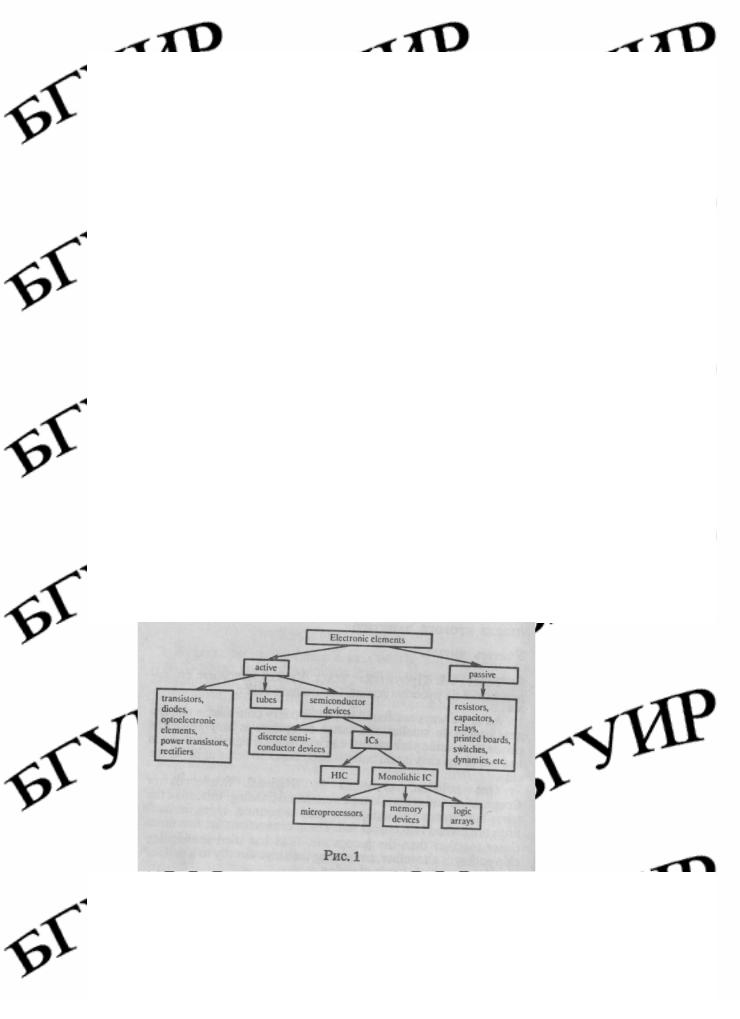
glow discharge. 9. This work has involved the contributions of many people.
МАТЕРИАЛЫ ДЛЯ САМОСТОЯТЕЛЬНОЙ ВНЕАУДИТОРНОЙ РАБОТЫ (ПОСЛЕ ВТОРОГО ЗАНЯТИЯ)
Учитесь читать.
Текст 1.9. Прочитайте текст. Кратко изложите его содержание на русском языке. Озаглавьте текст.
As more ways are found to jam circuitry onto silicon chips, a new barrier to smaller and faster computers is emerging. The plastic or ceramic package that carries electrical signals on wires in and out of the chip is still bulky—sometimes 20 times as big as the chip.
One solution, promoted by National Semiconductor Cooperation and others, is tape automated bonding. Instead of the wires and prongs (штырь) now used to connect chips, connections are etched into copper foil. These connections are five times closer together than the prongs are. IBM has tried abandoning chip packages altogether, connecting the chips directly to a surface containing multiple levels of wiring.
Учитесь говорить.
1.25. Подтвердите или опровергните прогнозы о развитии электроники на 80 - 90-е годы, высказанные специалистами в 70-е годы. Используйте следующие выражения:
1. As far as I know... 2. To my knowledge... 3. For all I know... 4. Intensive efforts have been devoted to... 5. The efforts continue in the direction of... 6. It appears that the (process) will... 7. To sum up...
1. Further developments in thick and thin film circuits will extend the range of values achievable using deposition and evaporation techniques, although some applications may still require "pellet" type components. 2. Hybride microwave devices will decrease in importance as true microwave integrated circuits become more economical. 3. The use of an electron beam instead of a light beam in the photographic process will result in integrated circuits with vastly increased numbers of functions per chip. 4. Materials other than silicon will be used, and other phenomena and structures besides junction barriers formed byp and n impurities can be considered.
1.26.1. Дайте определение типов интегральных схем; 2. Обсудите проблемы использования полупроводников; 3. Обсудите преимущества микроэлектроники; 4. Расскажите об электронных компонентах, используя структурно-логическую схему:
Ознакомьтесь с терминологией.
1.27. Переведите следующие термины. Запомните их:
Chip: array chip; face-down chip; base chip; bipolar chip; component chip; gate array chip; dense chip; fast chip; master chip; math chip; chip-carrier
Gate: discrete gate; insulated gate; intrinsic gate; transistor gate; two-input gate; diode- transistor-logic gate
Junction: back-to-back junction; blocking junction; intrinsic-extrinsic junction; isolation junction
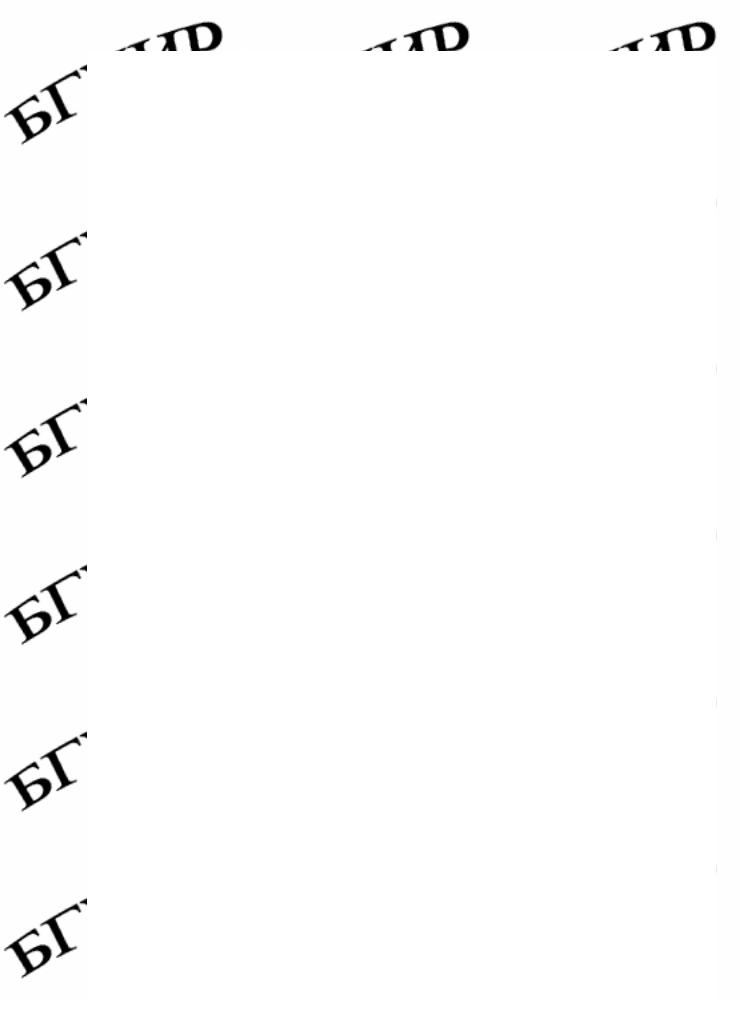
РАЗДЕЛ ВТОРОЙ
Основной текст: Semiconducting Materials Engineering Progress.
Грамматические явления: Типы левого определения. Способы их выявления и перевода. Перевод слов one(s), that, those.
Лексические явления: Контекстуальное значение слов maintain, turn. Перевод слов с префиксами sub-, super-, over-, under-, semi-.
МАТЕРИАЛЫ ДЛЯ РАБОТЫ В АУДИТОРИИ (ЗАНЯТИЕ ПЕРВОЕ)
Проверьте, знаете ли вы следующие слова.
1)accompany v, focus v, area n, approximation n, associate v, effect n, portion n, total a, dominate v, limit v, variety n, emit v, operate v, start v, patent v, uniformity n, composition и, oxide n, oxygenn, form v, minority n, ingradient a, fabrication n, defect n
2)reduction n, size n, resistance n, tremendous a, scale n, performance n, cause v, dimension n, goal n, available a, property n, research n, propose v, apply v, provide v, yield n, occur v, selectivee, serve v, achieve v, efforts n, remain v, introduce v, require v, improve v, follow v, develop v
Ознакомьтесь с терминами Основного текста.
1. feature size — размер элемента
2. time delay — временная задержка
3. net effect — чистый эффект
4. intrinsic semiconductor - собственный полупроводник
5. band gap - ширина запрещенной зоны
ОСНОВНОЙ ТЕКСТ
1.Переведите первую часть (I) Основного текста в аудитории устно под руководством преподавателя.
2.Просмотрите вторую часть (П) Основного текста и кратко изложите ее содержание по-русски.
SEMICONDUCTING MATERIALS ENGINEERING PROGRESS
I. In microelectronics, the steady reduction of IC feature1 sizes, accompanied by high
current densities and increasing demands on electrical performance, has focused the attention of technologists on newer materials which exhibit2 characteristics such as low contact resistance, reduced vulnerability3 to electromigration, and processibiliry4 at low temperatures.
Over the years, the device size has been reduced tremendously. Improvements available5 in materials technology have allowed integration of more and more devices on the same chip,
resulting in increased area. According to the theory of scaling, the smaller dimensions of a MOS transistor should enhance6 its speed. As a first-order approximation, therefore, this should
proportionally increase the circuit speed. Indeed, for smaller circuits it does happen. However, for large circuits, the time delays7 associated with the interconnections can play a significant8 role in determining9 the performance of the circuit.
As the minimum feature size is made smaller, the area of cross section of the interconnection also reduces. At the same time a higher integration level10 allows the chip area to increase, causing the lengths of the interconnections to increase. The net11 effect of this "scaling of interconnections" is reflected into an appreciable12 RC time delay. For a very large chip with extremely small geometries, the time delay associated with interconnections could become an appreciable portion of the total time delay, and hence the circuit performance could no longer be
decided by device performance.
Thus, as the chip area is increased and other device-related13 dimensions are decreased the interconnection time delay becomes significant compared to the device time delay and
dominates the chip performance. These are dominant factors limiting device performance. Performance is the obvious goal of VLSI; reliability is a more subtle14 one. Therefore,
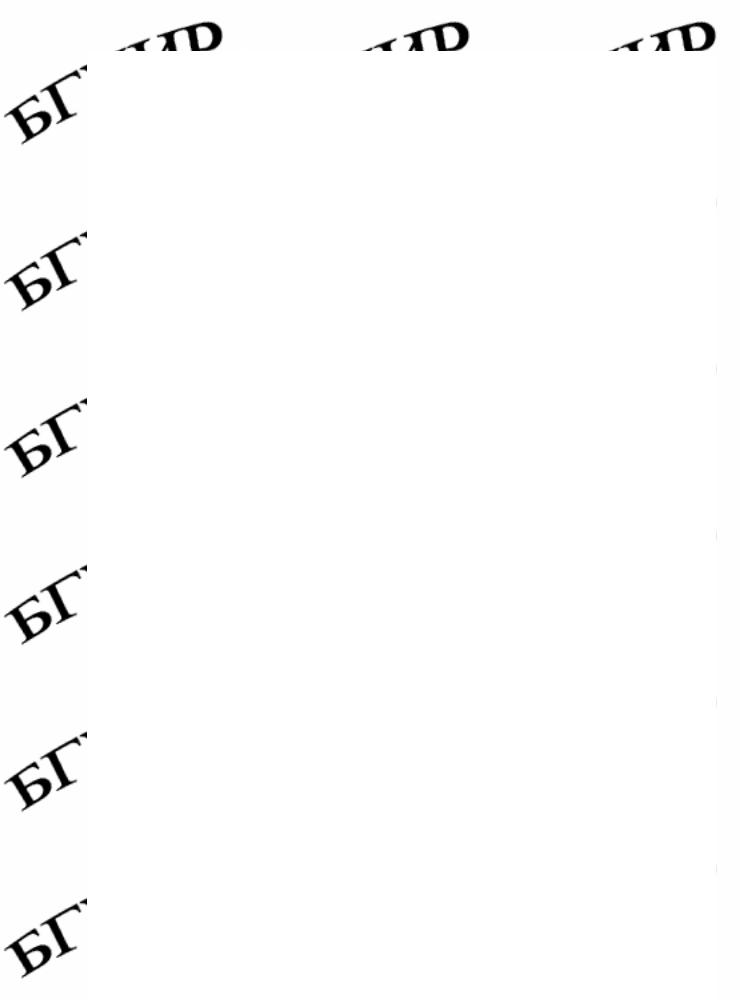
new materials are required for VLSI interconnections.
The design15 of any machine or a device has always been limited by the materials available. The problem in question was that materials could be designed and tailored16 for any new structures.
Semiconductors are used in a wide variety of solid-state devices including transistors, integrated circuits, diodes, photodiodes and light-emitting diodes.
Several elements in and around group IV of the Periodic Table show intrinsic17 semiconductor properties but of these Ge and Si (and to a lesser extent Se) alone have shown chemical and electrical properties suitable18 for electronic devices operating near room temperature.
Germanium and silicon were the first semiconductor materials in common19 use.
A great contribution20 to the study of semiconductor physics has been made by the prominent Soviet scientist A.F.Yoffe. It was in 1930 when Academician A.Yoffe and his coworkers started a systematic research in the field of semiconductors.
The diffusion theory of rectification21 on the boundary of the two semiconductors was elaborated by B.I.Davydov, a Soviet physicist, in 1938. Experimental support of his theory was of great importance in the investigation of processes occurring22 in p-n junctions.
Right after World War П, physicists John Bardeen, Walter Brattain and William Shockley, and many other scientists, turned23 full time to semiconductor research. Research was centered on the two simplest semiconductors — germanium and silicon.
Experiments lead to new theories. For example, William Shockley proposed an idea for a semiconductor amplifier24 that would critically test the theory. The actual device had far less amplification than predicted. John Bardeen suggested a revision theory that would explain why the device would not work and why previous experiments had not been accurately foretold by older theories. In new experiments designed to test the new theory they discovered an entirely new physical phenomenon — the transistor effect. In 1948 W.Shockley patented the junction transistor. Junction transistors are essentially solid-state devices having three layers of alternately25 negative or positive type semiconductor material.
The early history of modern semiconductor technology can be traced26 to December 1947 when J.Bardeen and W.H.Brattain observed transistor action through point contacts applied to poly-crystalline germanium. Germanium has become the material in common use. It was realized that transistor action occurred within the single grains27 of polycrystalline material.
G.K.Teal originally recognized28 the immense29 importance of single-crystal semiconductor materials as well as for providing the physical realization of the junction transistor. Teal reasoned30 in 1949, that polycrystalline germanium's uncontrolled resistances and electronic traps31 would affect32 transistor operations in uncontrolled ways. Additionally,33 he reasoned that polycrystalline material would provide inconsistent product yields and thus be costly. He was the first to define chemical purity,34 high degree of crystal perfection35 and uniformity of structure as well as controlled chemical composition (i.e. donor or acceptor36 concentration) of the single-crystal material as an essential foundation for semiconductor products.
The next decade witnessed37 an ingermanium and the "universal" semiconductor material, silicon. Silicon gradually gained38 favour over germanium as the "universal" semiconductor material.
Silicon is to the electronics revolution what steel was to the Industrial Revolution.
II. Silicon has been the backbone (основа) of the semiconductor industry since the inception of commercial39 transistors and other solid-state devices.
The dominant role of silicon as a material for microelectronic circuits is attributable40 in large part to the properties of its oxide. Silicon dioxide is a clear glass with a softening41 point higher than 1,400 degrees C. If a wafer42 of silicon is heated in an atmosphere of oxygen or water vapour,43 a film of silicon oxide forms on its surface. The film considered is hard and durable44 and adheres45 well. It makes an excellent insulator. The silicon dioxide is particularly important
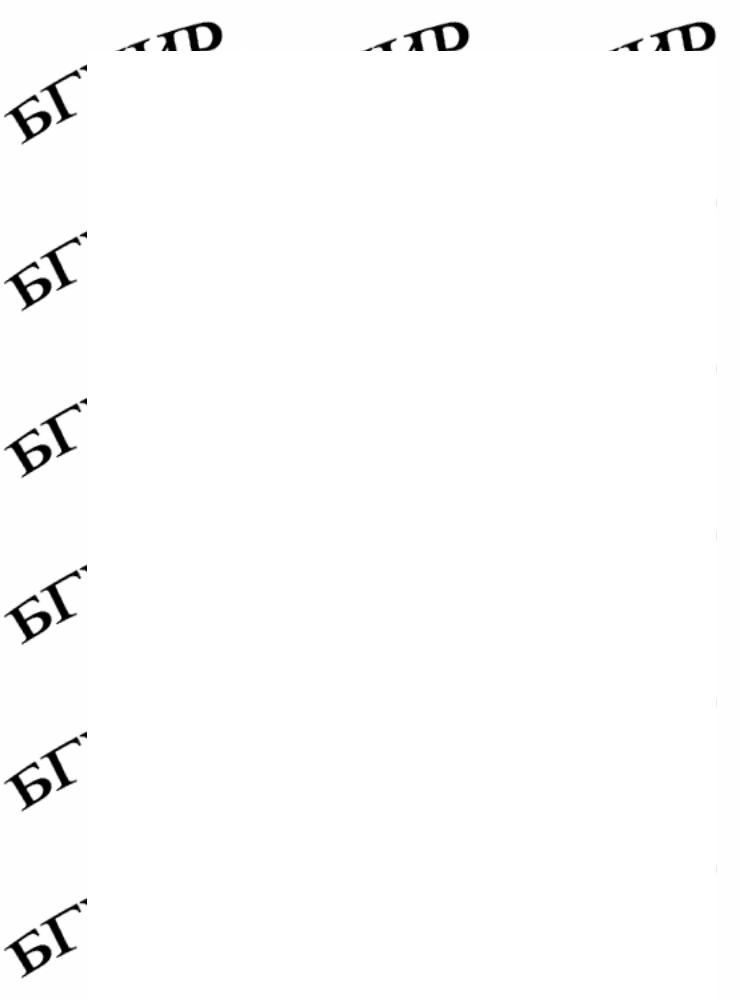
in the fabrication of integrated circuits because it can act as a mask46 for selective introduction of dopants.47
Silicon's larger band48 gap49 permitted50 device operation at higher temperatures (important for power devices) and thermal oxidation of silicon produced a non-water-soluble stable oxide (as compared to germanium's oxide) suitable for passing p -n junctions, serving as an "impermeable51 diffusion mask" for common dopants, and as insulator coating52 for conductor overlayers.53
Oxygen concentration present influences many silicon wafer properties, such as wafer strength, resistance to thermal warping (скачок), minority carrier lifetime and instability in resistivity.
The presence of oxygen contributes to both beneficial and detrimental54 effects. The detrimental effects can be reduced if the oxygen is maintained55 at less than 38 ppms. Thus, the oxygen range56 of the wafer present should be controlled. The results achieved with silicon are great.
However, although the silicon wafer clearly is a fundamental ingradient in the fabrication of an integrated circuit, the silicon materials specification57 may not be critical element in developing a successful new IC product strategy. If silicon material is to remain the semiconductor device material for the next ten years efforts must continue to reduce crystallographic defects, grown-up impurities introduced during device fabrication.
Large-scale integration (LSI) of devices has put great demands on electronic-grade single-crystal material. The semiconductor industry now requires high purity and minimum point-defects concentration in silicon in order to improve the component yield per silicon wafer. These requirements have become increasingly stringent58 as the technology changes from largescale integration (LSI) to very large-scale integration (VLSI) and very high speed integrated circuits (VHSIC).
The yield (or circuit performance) of a device and the intrinsic and extrinsic materials properties of silicon are interdependent. The silicon wafer substrate must be practically defectfree when the active device density may be as high as 105 to 106 per chip.
To increase further the speed of semiconductor devices requires not only refinements59 in present designs and fabrication techniques, but also new materials that are inherently60 superior to materials presently being used, likе germanium and silicon. New material under consideration is gallium arsenide.
Gallium arsenide has a much higher electron mobility than germanium and silicon. The opportunities61 present are as follows: it is potentially much faster; it has a larger band gap, permitting operation at higher temperatures; it is chemically and mechanically stable. Mobilities in this high-purity gallium arsenide are about twice those of germanium and four times those of silicon.
The potential of high-purity gallium arsenide was first explicit62 in a new gallium arsenide-germanium hetero-junction diode. The hetero-junction device has a potential for much faster switching than conventional63 p-n junction diodes. Its calculated switching time is on the order of a few picoseconds (trillions of a second).
However, the difficulty of producing gallium arsenide of sufficient64 purity has limited its application.
Yet, gallium arsenide is far from the end of the story. Any searching for an answer makes contributions. This is the way of developing better materials and devices.
Проверьте, как вы запомнили слова.
2.1. Переведите следующие слова, исходя из значений, приведенных в скобках:
1. densityn (плотность), dense a; 2. vulnerability n (уязвимость), vulnerable a; 3. processibility n (обработка), process v; 4. interconnection n (взаимосвязь), connect v; 5. suitable а (пригодный), suit v; 6. contribution n (вклад), contribute v; 7. rectification n (выпрямление), rectify v; 8. amplification n (усиление), amplify v; 9. layer n (слой), lay v; 10. alternately adv (пoпe ременно), alter v; 11. perfection n (совершенствование), perfect v; 12.
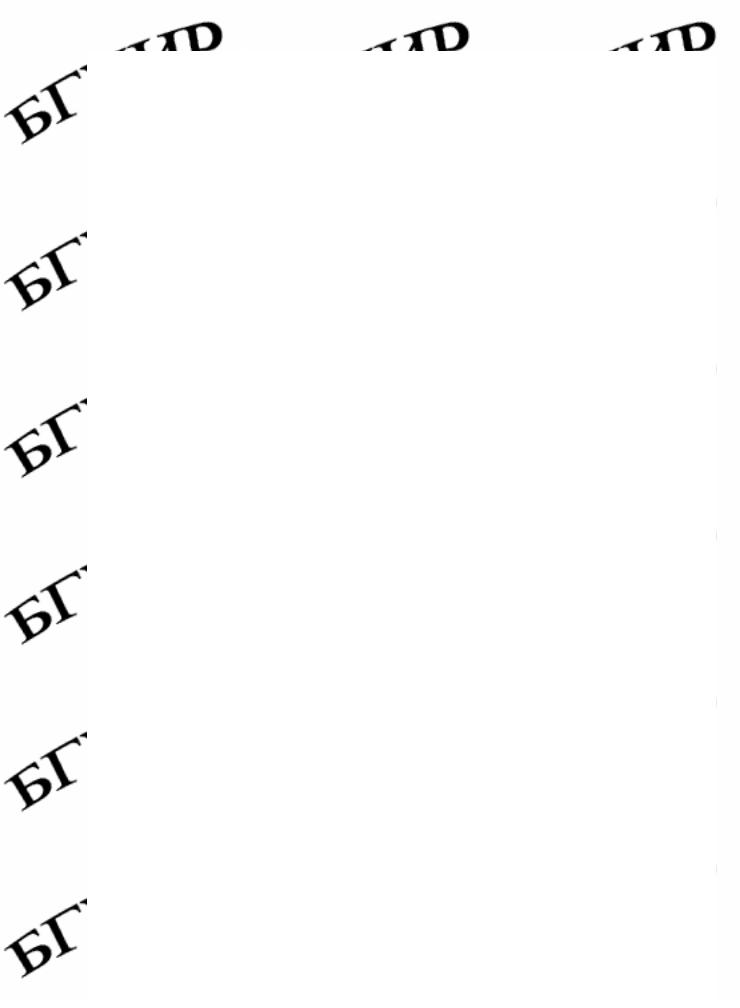
purity n (чистота), pure a; 13. commercial а (имеющийся в продаже), commerce n
2.2. Переведите следующие слова, исходя из значения их антонимов:
1.unstable a (stable a - устойчивый); 2. unconventional a (conventional а - обычный);
3.unlimited a (limited а — ограниченный); 4. uncontrolled a (controlled a—управляемый); 5. unsuitable a (suitable a — подходящий); 6. uncommon a (common о —обычный); 7. unlike a (like a—подобный); 8. impossible a (possible а —возможный); 9. imperfect a (perfect а — идеальный); 10. impurity n (purity n —чистота); 11. immobilityw (mobility n —
подвижность)
2.3.Определите значения английских слов, исходя из контекста:
1.новые материалы, которые exhibit другие характеристики; 2. чем меньше dimension проводника, тем больше; 3. наблюдается delay по времени; 4. эти явления associated with с явлениями проводимости; 5. более высокий level интеграции; 6. to develop материал для новых схем; 7. полупроводники обладают suitable свойствами для электронных приборов; 8. был сделан contribution в полупроводниковую физику; 9. процессы occurring в полупроводниках, показывают; 10. история развития может быть traced, начиная с 1947 года; 11. постепенно кремний gained favour над германием.
2.4.Переведите глаголы, исходя из значений соответствующих существительных:
1.delay v (delay n —задержка); 2. level v (level n — уровень); 3. feature v (feature n
— характеристика); 4. turn v (turn n — поворот); 5. trace v (trace n — след); 6. reason v (reason n — разум; причина)
2.5.Переведите следующие слова. Обратите внимание на значения префиксов sub-
—под, ниже, super-, over-— сверх, выше, under- — выше и semi- — полу: sub-: subdivision n, substructure n, subcommittee n
super-: superheat n, superstructure n, supernatural a, super-fast a over-: overgrow v, overwork v, overheat v
under-: underproduce v, undergrow v, undercoat v, undercutting n semi-: semiconductor n, semicircle n, semiannual a
Обсудите содержание текста.
2.6.Просмотрите текст еще раз (I часть). Ответьте на вопросы, используя информацию текста.
1.What would you say about the steady reduction of IC feature sizes? 2. What has allowed the integration of more and more devices on the same chip? 3. What does higher integration level allow? 4. What are the dominant factors limiting device performance? 5. What limits the design of any machine? 6. Who has made a great contribution to the study of semiconductor physics? 7. What would you say about polycrystalline materials? 8. What is essential foundation for semiconductor products?
2.7.Обобщите информацию, данную в тексте. Расскажите, что вы узнали о полупроводниках; об ученых, работающих в области полупроводниковых материалов; о кремнии и германии.
2.8.Просмотрите вторую часть (П) текста. Сообщите, что вы узнали о:
1.dominant role of silicon as a material; 2. silicon dioxide; 3. a film of silicon; 4. a nonwater soluble oxide; 5. presence of oxygen in silicon; 6. silicon wafer; 7. point-defects concentrations; 8. gallium arsenide
Проверьте, умеете ли вы переводить определительные блоки указанных типов.
1) Блок типа N + Vуd/3 form
1.The state of art influenced by the development of ...
2.The prediction followed by the change of the pattern ...
3.The event faced by the designers ...
4.The wire joined completes ...
2) Блок типа N + Ved/3аorm +prp
1.The capability relied upon is reached ...
2.The technique referred to in the paper responds ...
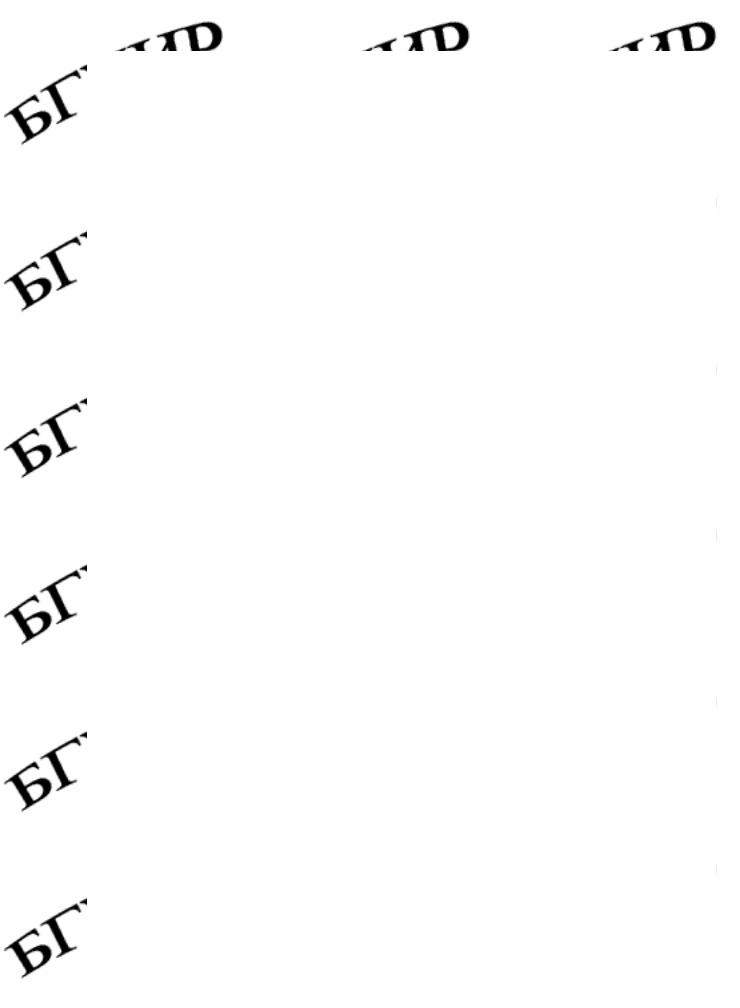
3.The benefit called for can be achieved...
4.The array thought of points out that ...
3) Блок типа N + Vto
1.The concept to be referred to evolves ...
2.The point to be reached exceeds...
3.The mode to be considered stems from...
4.The reliability to be achieved reaches ...
4) Блок типа А + enough + Vto
1.The impetus strong enough to give rise to...
2.The shift large enough to be considered...
3.The vehicle heavy enough to handle...
4.The shrink small enough not to be considered...
5) Блок типа Num + (N) +A
1.The shrink 5 cm long is marked ...
2.The unit 4 m high...
3.The film .1 mm thick...
6) Блок типа N +A типа available
1.Improvement available is...
2.Performance necessary can...
3.Chip area present is ...
4.Technology similar to the previous one is ...
5.The shift possible is used ...
7) Блок типа N + in/under + N
1.The prediction in question gives...
2.The event under consideration shows...
3.The vehicle in operation reaches...
4.The pattern in use marks...
5.The chip under development provides ...
8) Блок типа N + Ving (+ N2)
1.The wire linking the ends was ...
2.The wire being linked completes ...
3.The benefit predicting the result fits ... The benefit being predicted is...
4.The reliability concerning the device points ... The reliability being concerned stems
from...
9) Блок типа N + Ved/3 form
1.The dimension required is responsible for... The dimension required the shift of ...
2.The concept produced fits...
The concept produced an impetus...
3. The response achieved is ... The response achieved the value of...
2.9. Найдите существительные с левым определением. Определите их функцию в предложении и переведите:
1. The high level of control of film thickness and resistivity uniformity required has led to the study of the kinetics of the deposition. 2. Time delay associated with the interconnection is dependent on two parameters. 3. The markedly different growth rate observed implies that gas phase equilibrium is not established.
2.10. Найдите и переведите речевые отрезки, в которых слова one(s) и that, those являются заместителями существительного.
one, ones: 1. one or more units; 2. one more unit; 3. one more advantage; 4. one or more advantages; 5. one single crystal; 6. one of the benefits; 7. not a static field but a dynamic one; 8. not a special acceptor but a common one; 8. one may make an effort; 9. one can predict; 10. complete ones; 11. applicable ones
that, those: 1. is like that of a substrate; 2. is much more than that produced recently, 3. is
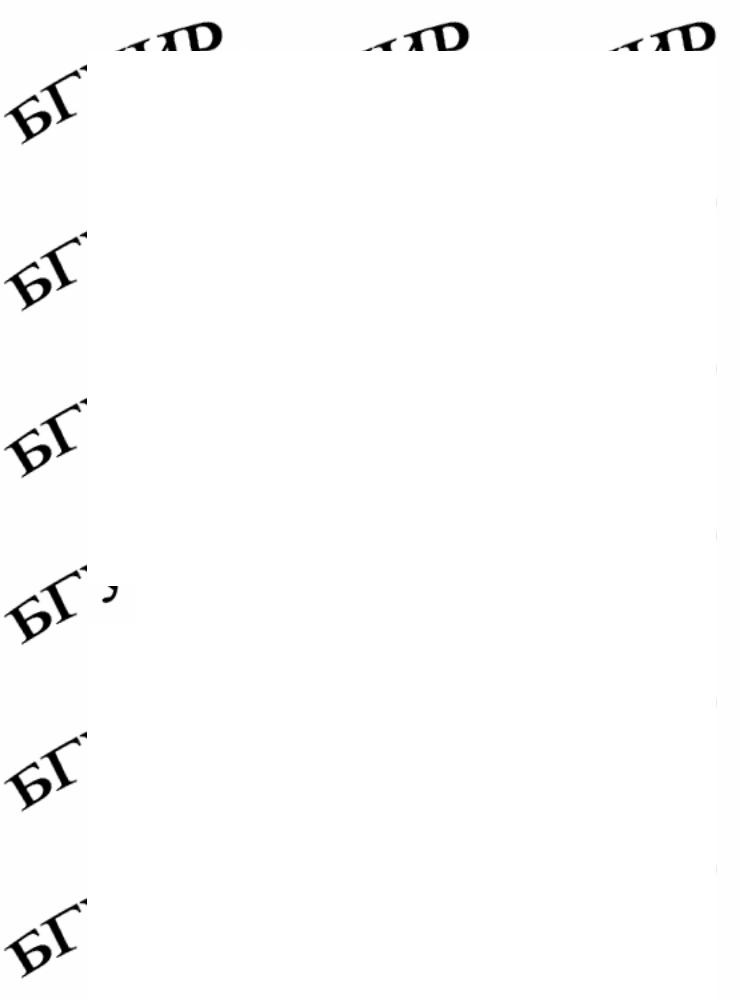
lower than that provided by a new technique; 4. are more beneficial than those of new pattern
Учитесь читать.
Текст 2.1. Прочитайте текст. Скажите, что вы узнали о silicon, active and passive elements. Прочитайте текст еще раз. Озаглавьте его. Данные ниже слова/словосочетания помогут вам понять текст.
1. far from being —далеко от; 2. at all —вообще; 3. abundance — множество
All the components of the circuit must be fabricated in a crystal of silicon or on the surface of the crystal. Silicon is far from being ideal material for these functions and only modest values of resistance and capacitance can be achieved. Practical microelectronic inductors cannot be formed at all. On the other hand, silicon is a material without equal for the fabrication of transistors, and the abundance of these active components in microelectronic devices more than compensates for the shortcomings of the passive elements.
Текст 2.2. Переведите текст письменно без словаря. Время перевода —10 минут. Значения выделенных слов вы сможете понять из контекста.
HBTs
Most recently research efforts have led to the fabrication of hetero-junction bipolar transistors (HBTs) based on GaAs and other Ш-V compounds. These new devices offer the prospect of obtaining performance features similar to those of Si bipolar transistor translated to substantially higher frequency.
HBTs have large amounts of current and power gain and millimeter-wave frequencies. Devices are fabricated on semi-insulating GaAs substrates and maybe monolithically
integrated, together with thin-film resistors and Shottky diodes, using conventional GaAs IC techniques.
Their current handling capability input voltage dc matching, breakdown voltage, and I/O noise are potentially better than those for GaAs FETs. Based on these characteristics, HBTs are expected to have abright future in microwave/millimeter-wave ICs.
МАТЕРИАЛЫ ДЛЯ САМОСТОЯТЕЛЬНОЙ ВНЕАУДИТОРНОЙ РАБОТЫ (ПОСЛЕ ПЕРВОГО ЗАНЯТИЯ)
Изучите следующие гнезда слов и словосочетаний.
1.feature n 1. особенность; свойство; 2. деталь feature size размеры элемента
feature v 1. изображать, показывать; 2. быть характерной чертой
2.exhibit v 1. показывать, проявлять; 2. экспонировать exhibition n 1. показ; 2. выставка
3.vulnerability и уязвимость
vulnerable а уязвимый
4.processibility n возможность обработки processing n обработка
process n 1. процесс; 2. способ process v обрабатывать processor n процессор
5.available а 1. доступный; имеющийся в распоряжении; 2. (при)годный availability n 1. наличие; 2. пригодность
6.enhance v повышать; увеличивать; усиливать
7.delay я 1. задержка, препятствие; 2. замедление
delay v 1. задерживать; 2. откладывать
8.significant в важный; значимый significance n важность; значение
9.determine v 1 определять, устанавливать; 2. решать; 3. заставлять; 4. ограничивать
determination n 1. определение; решение; 2. установление
10.level n 1. уровень; 2. плоская горизонтальная поверхность
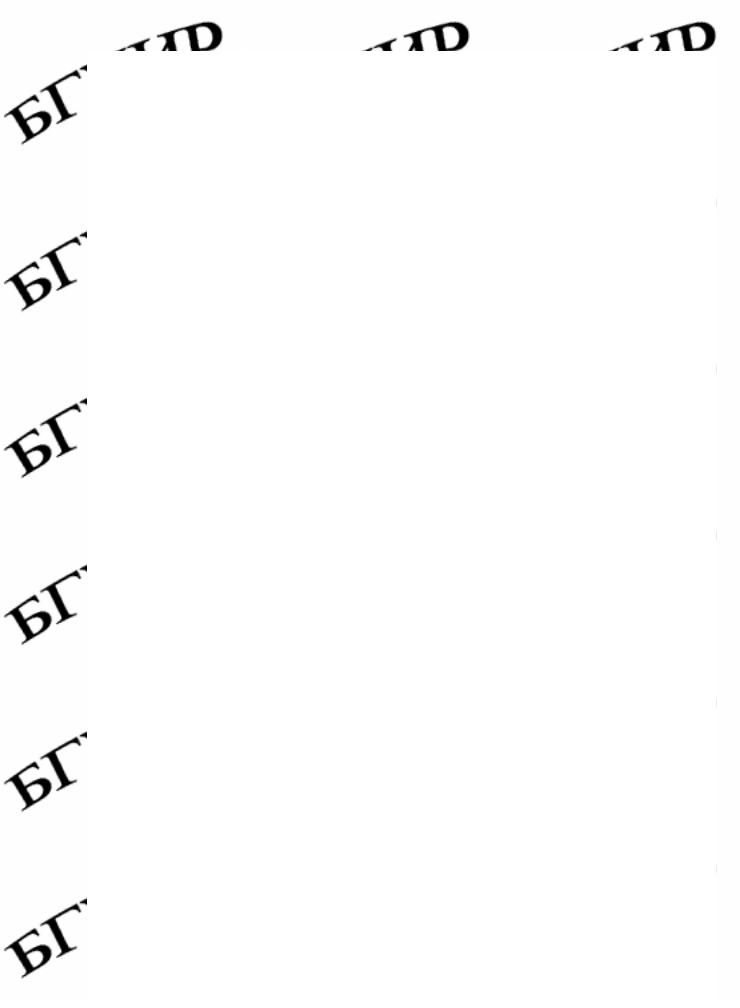
level a 1. одинаковый; 2. горизонтальный level v выравнивать; уравновешивать
11.net n 1. сеть; 2. схема, цепь network n 1. схема, цепь; 2. сеть
12.appreciable с заметный, ощутимый appreciate v 1. оценивать, ценить; 2. различать
13.related а связанный; относящийся relate v связывать; относиться relationship n отношение
14.subtle а 1. тонкий; 2. острый; 3, искусный
15.design n 1. проект, план; 2. конструкция, разработка; 3. рисунок, эскиз; 4. расчет design v 1. проектировать, конструировать; 2. предназначать
designer n конструктор, проектировщик
computer-aided design автоматизированное проектирование block design блочная конструкция
fault-tolerant design отказоустойчивая конструкция geometry design топологическое проектирование схем on-line circuit design оперативное проектирование схем option design проектирование с выбором вариантов
16.tailor v приспосабливать, подгонять
tailoring n подгонка, подстройка field tailoring подстройка поля
17.intrinsic а 1. присущий, свойственный; 2. существенный; внутренний; 3. собственный (об электропроводниках)
extrinsic а примесный (об электропроводниках)
18.suitable a 1. подходящий, соответствующий; 2. годный
suit v 1. удовлетворять требованиям; 2. соответствовать
19.common а 1. общий; 2. простой, обыкновенный; 3. распространенный in common вместе
commonly adv обычно
20.contribution n 1. вклад; 2. содействие; участие; 3. сотрудничество; работа; статья, доклад
contribute v 1. содействовать, способствовать; 2. делать вклад; 3. принимать участие, сотрудничать contributor n 1. автор статьи; 2. содействующий
21.rectification n 1. выпрямление; 2. детектирование
rectify v 1. выпрямлять; 2. детектировать
barrier-layer rectification выпрямление на обедненном слое diode rectification диодное детектирование
rectifier n 1. выпрямитель; 2. диод
tunnel rectifier выпрямитель на туннельном диоде
22.occur v 1. происходить, случаться; 2. приходить на ум; 3. встречаться,
попадаться
occurrence n 1. случай; 2. наличие; 3. местонахождение, распространение; 4. возникновение
failure occurrence возникновение отказа
23.turn v 1. вращаться; 2. обращаться, прибегать; 3. сосредоточивать, направлять;
4.приводить в какое-л. состояние
turn n 1. поворот; 2. изменение; 3. очередность in turn по очереди
24. amplifier n усилитель
bulk-effect amplifier усилитель на основе объемного эффекта
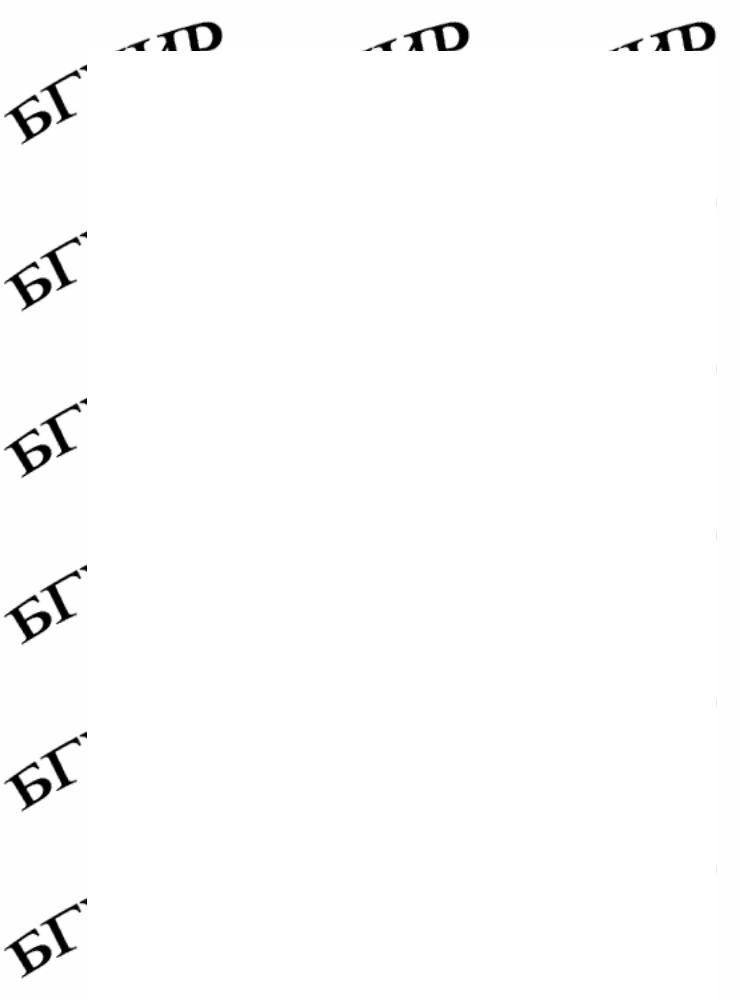
charge-transfer amplifier усилитель на ППЗ off-chip amplifier навесной (внешний) усилитель
on-chip amplifier усилитель на одном кристалле с другой схемой sample-and-hold amplifier усилитель выборки и хранения
sense amplifier усилитель считывания amplify v усиливать; увеличивать
25.alternately adv попеременно alternate a 1. чередующийся; 2. другой alter v чередовать; изменяться alternating в переменный
26.trace v 1. прослеживать; 2. проводить nинию; 3. относить к; относить на счет trace n 1. след; 2. незначительное количество
traceability: batch traceability возможность контроля последовательности
технологической обработки партии (пластин)
27.grain n кристалл; гранула; зерно grain v гранулировать
columnar grain зерно цилиндрической формы
28.recognize v 1. узнавать; 2. признавать recognizable а могущий быть узнанным
recognition n 1. узнавание; опознавание; 2. признание
29.immense в 1. огромный; 2. необъятный immensely adv очень, чрезвычайно
30.reason v 1. обсуждать; рассуждать; 2. резюмировать reason n причина; основание
reasonable в умеренный; приемлемый
31.trap n ловушка; центр захвата
carrier-trap центр захвата носителей
electron trap электронная ловушка, центр захвата электронов trap v захватывать
32.affect v оказывать влияние, воздействовать affected а нарушенный, поврежденный
33.additionally adv дополнительно
additional а дополнительный addition n 1. дополнение; 2. сложение
in addition to 1. дополнительно, кроме того addv прибавлять; дополнять
34.purity n чистота; беспримесность impurity n примесь
pure а чистый, беспримесный
purely adv исключительно; полностью; совершенно, вполне purify v очищать
35.perfection n 1. завершенность, законченность; 2. совершенство perfect a 1. законченный; 2. идеальный
perfect v 1. заканчивать; 2. совершенствовать perfectly adv совершенно
36.acceptor n 1. акцептор; 2. акцепторная примесь
accept v 1. принимать; 2. допускать; соглашаться acceptable в приемлемый; допустимый
37.witness v 1. быть свидетелем; 2. свидетельствовать
38.gain v 1. получать; приобретать; 2. увеличиваться; 3. извлекать пользу
gain n 1. увеличение, прирост; 2. прибыль; 3. выигрыш; 4. коэaфициент усиления collector-to-base current gain коэффициент усиления транзистора по току в схеме с
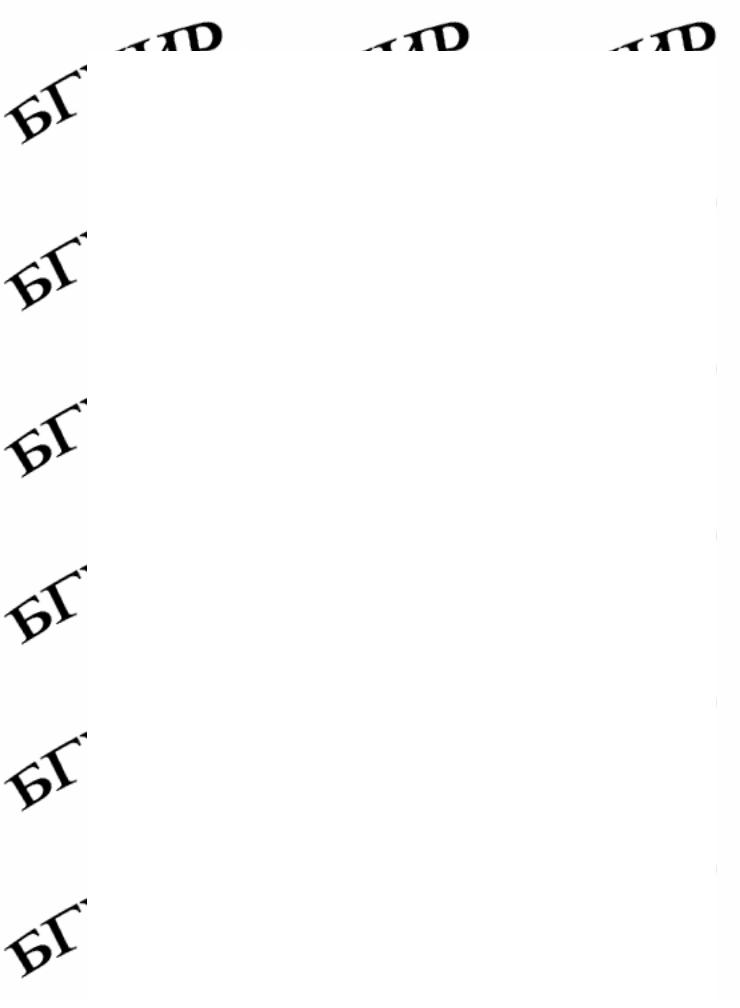
общим эмиттером
current gain усиление по току
logic gain нагрузочная способность логической ИС speed gain выигрыш в быстродействии
39.commercial a 1. торговый; 2. выгодный; 3. имеющийся на рынке commerce n торговля
40.attributable в причастный; характерный
attribute n свойство, характерный признак, черта attribute v относить; приписывать
41. soften v размягчать
soft a 1. мягкий; 2. ковкий; гибкий
software n математическое обеспечение ЭВМ
42.wafer n 1. полупроводниковая пластина; 2. пластинка; плата; подложка; 3. кристалл, ИС
bipolar wafer п/п пластина с биполярными интегральными структурами building-block wafer п/п пластина с сформированными конструктивными блоками customed wafer п/п пластина с базовыми кристаллами
etch-separated wafer п/п пластина, разделяемая на кристаллах методом травления flat-wafer пластина с плоскопараллельными поверхностями
process development wafer тестовая пластина, применяемая при разработке технологического процесса
wafering n резка п/п слитков на пластины
wafertrack n автоматизированная система обработки п/п пластин, управляемая микропроцессором
43.vapour n пар, пары
dopant vapour пары легирующей примеси vaporization n испарение; парообразование
44.durable a 1. прочный; 2. длительный, долговременный durability n 1. прочность; 2. продолжительность, срок службы duration n продолжительность
45.adhere v 1. прилипать; 2. придерживаться чего-л. adherence n 1. соединение, сцепление; 2. соблюдение adhesion n прилипание, сцепление
adhesive n 1. клей, адгезив; 2. адгезия
46.mask n фотошаблон, маска; маскирующий слой
mask v маскировать
deposition mask шаблон для формирования металлизации doping mask шаблон для формирования легированных областей evaporation mask маска для напыления
exposure mask 1. фотошаблон; 2. фоторезистный маскирующий слой in situ mask локальная маска
master mask эталонный оригинал фотошаблона metal-on-glass mask металлизированный фотошаблон moving mask свободная маска
overlaid mask маска на п/п пластине production mask рабочий шаблон self-aligned mask самосовмещенный шаблон
maskant n материал для формирования маскирующего слоя 47. dopant n легирующая примесь; диффузант
donor dopant донорная примесь
implanted dopant ионноимплантируемая примесь impurity dopant легирующая примесь
